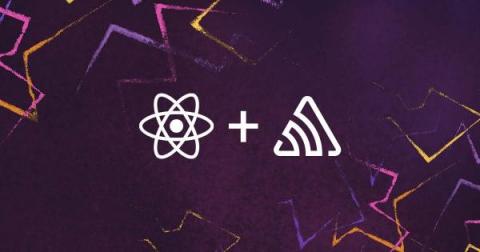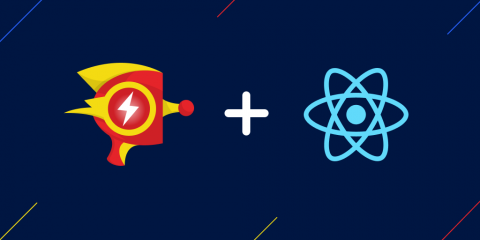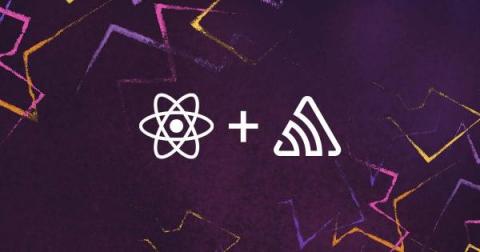Retry Dynamic Imports with "React.lazy"
In the modern web, code splitting is essential. You want to keep your app slim, with a small bundle size, while having “First Contentful Paint” as fast as possible. But what happens when a dynamic module fails to fetch? In this short article, we’ll see how to overcome such difficulties.









